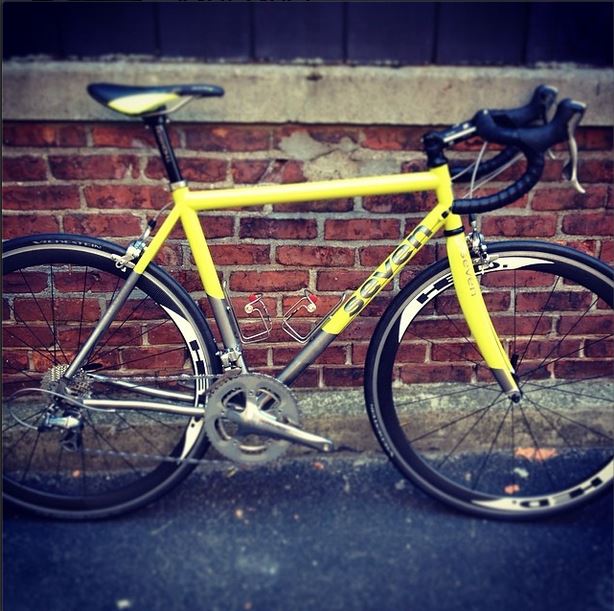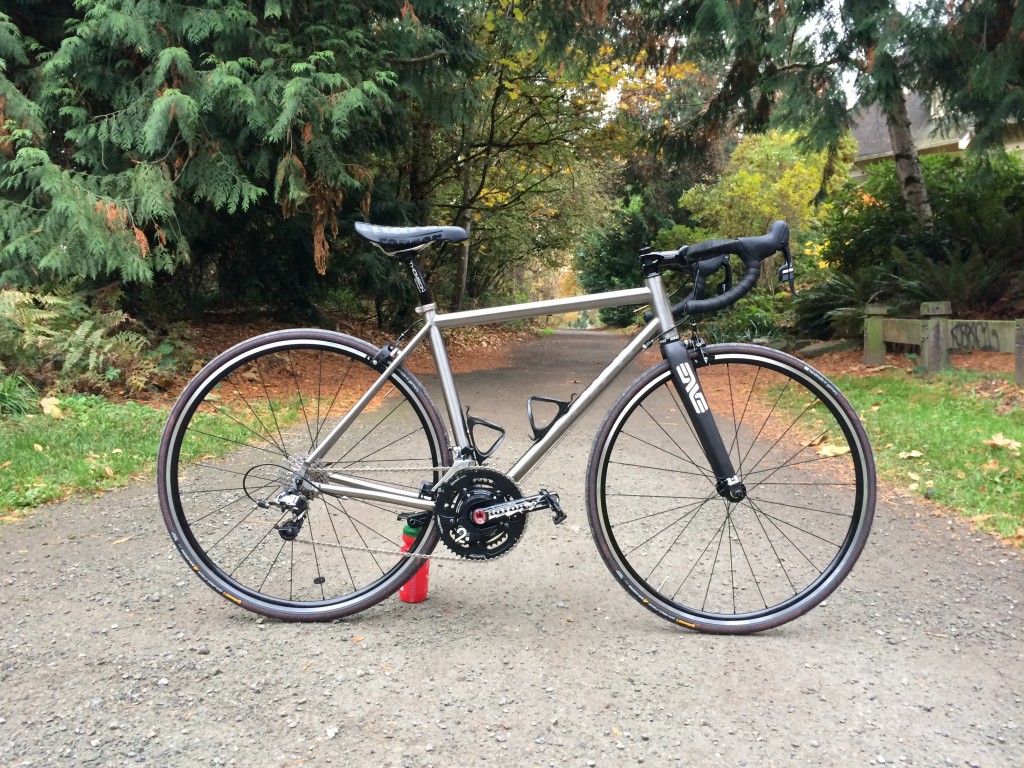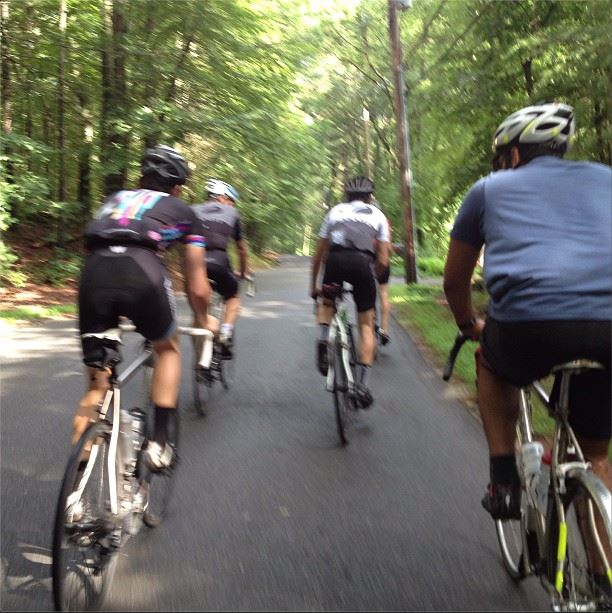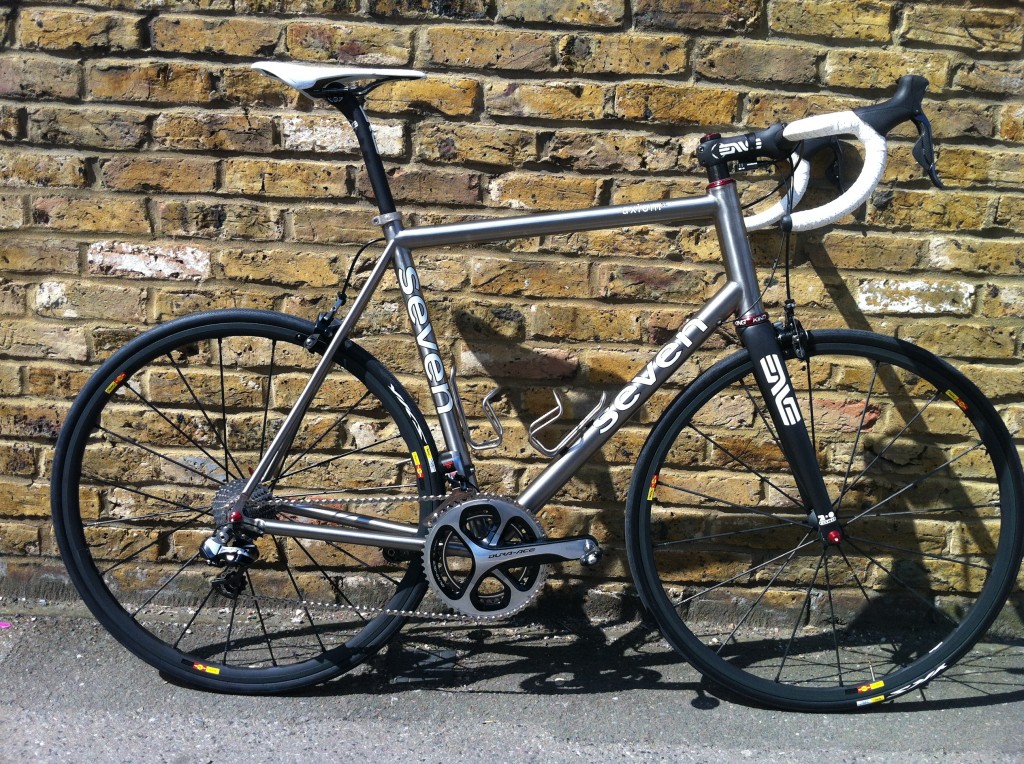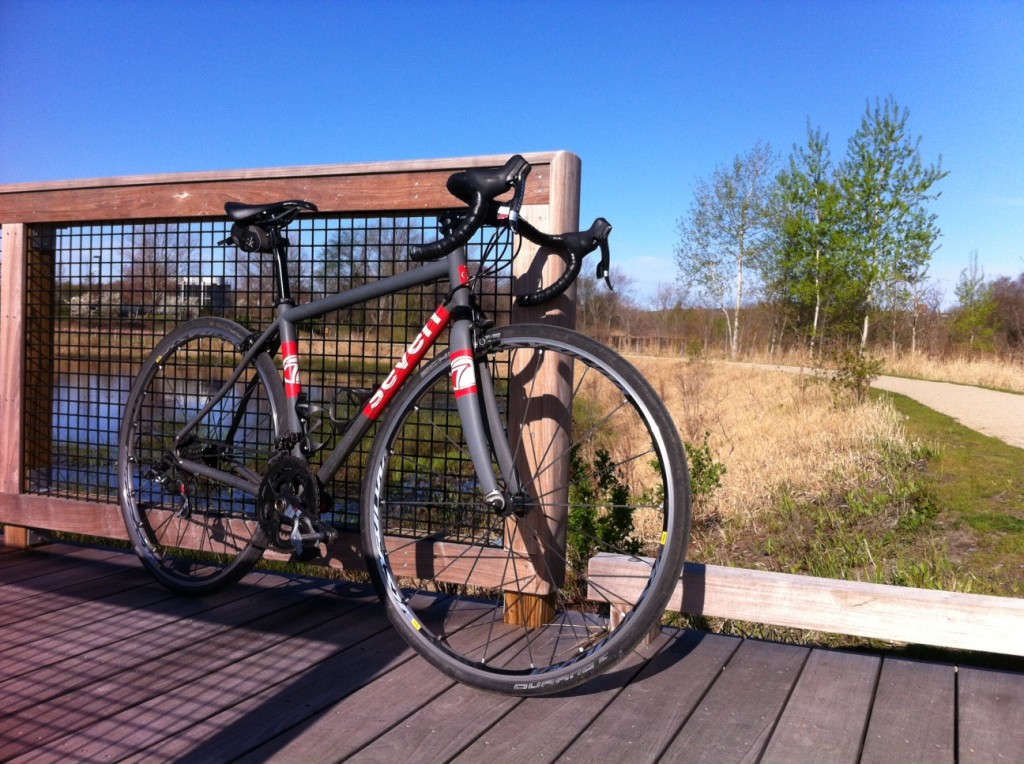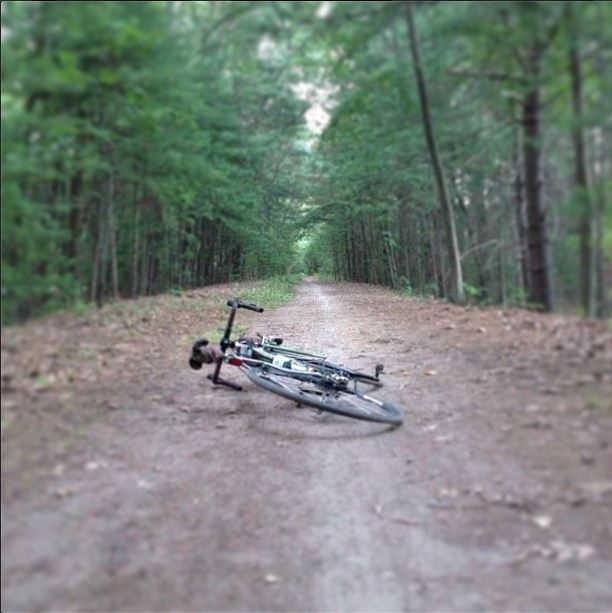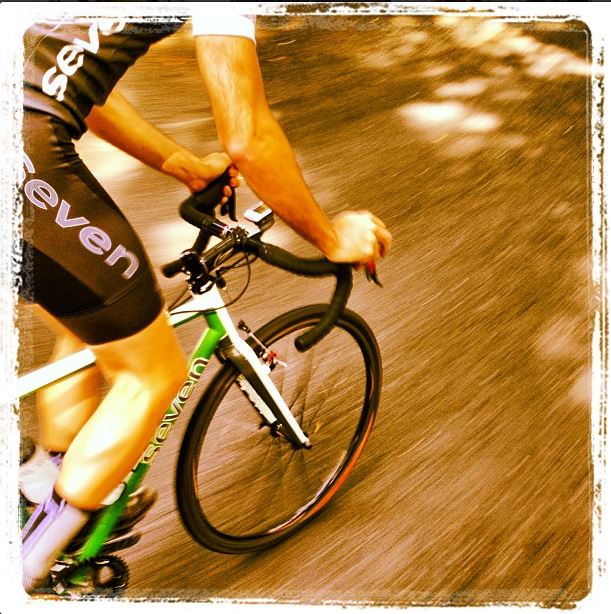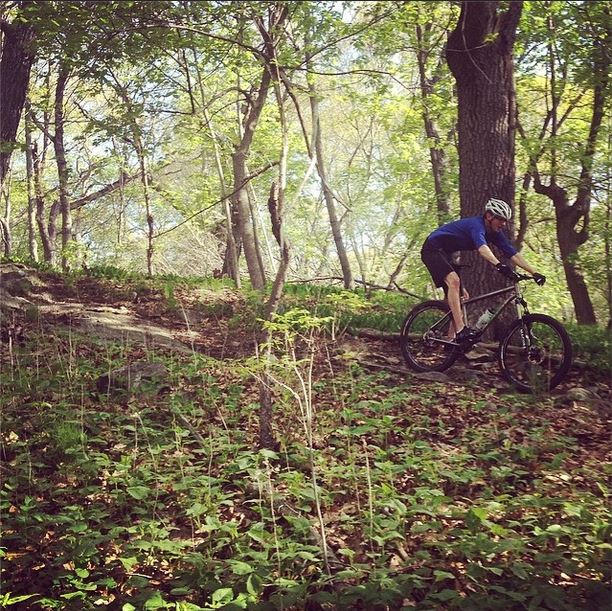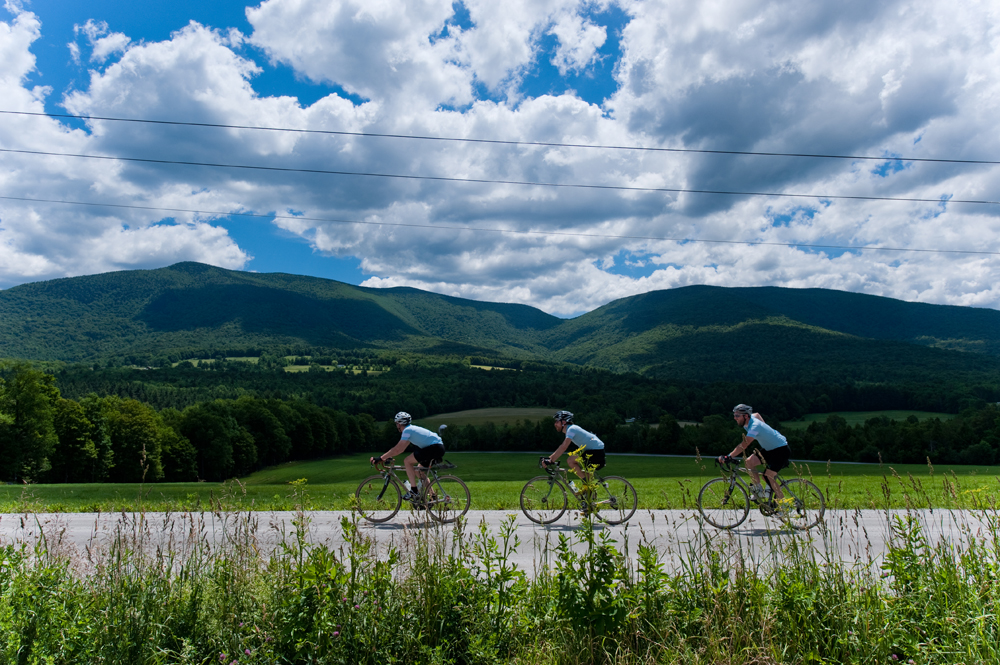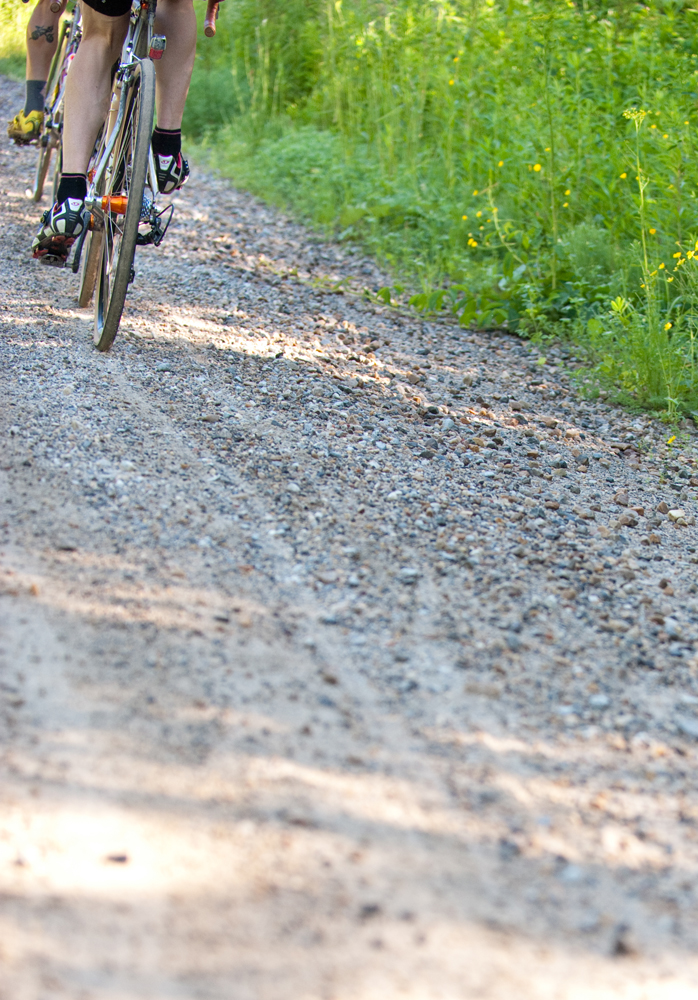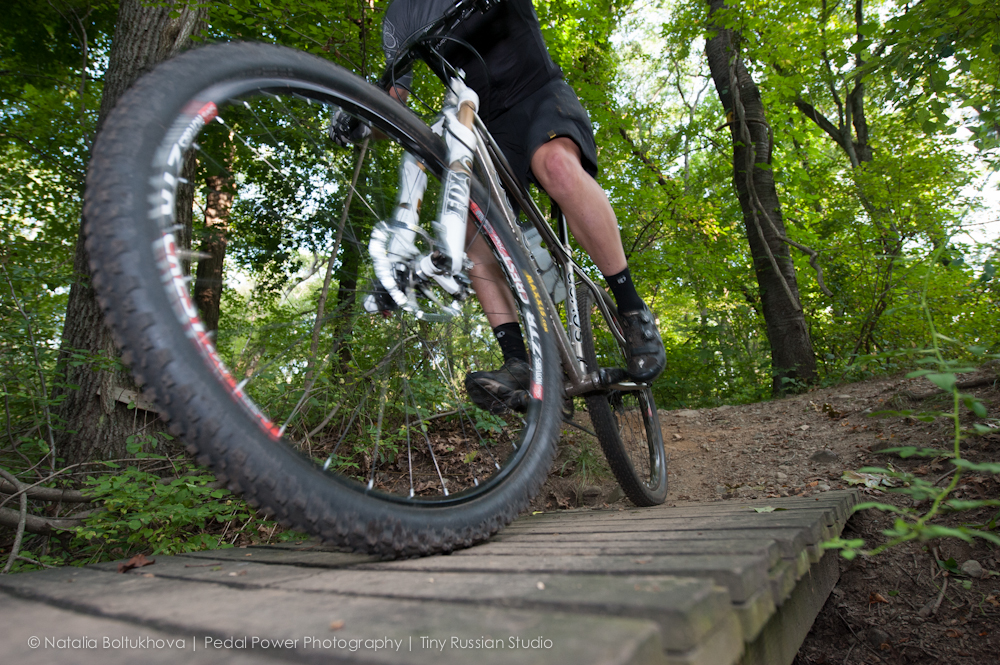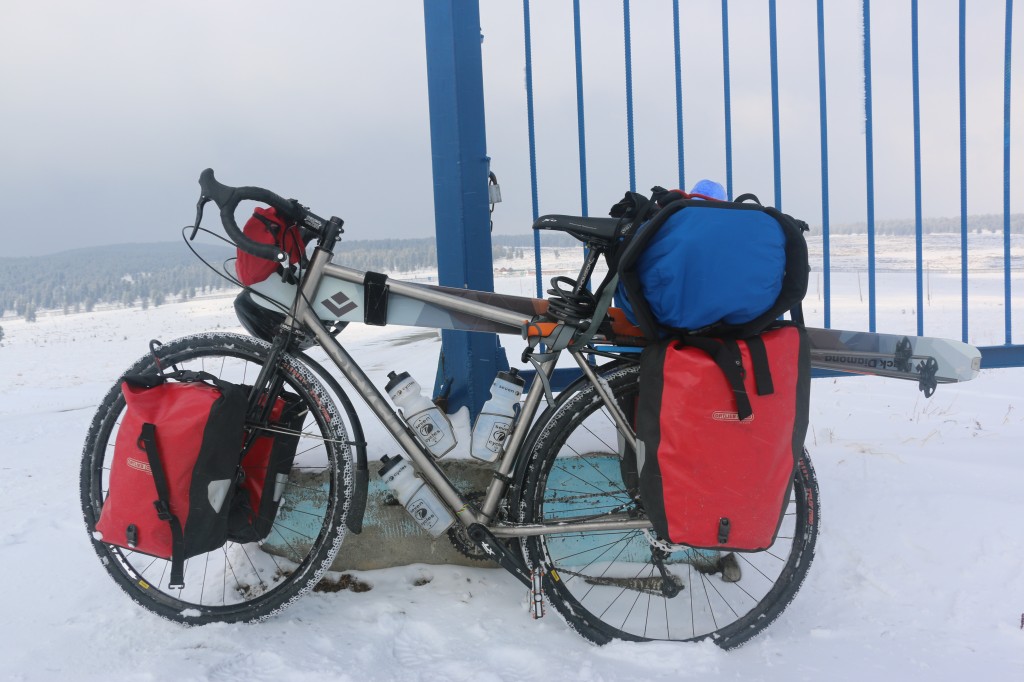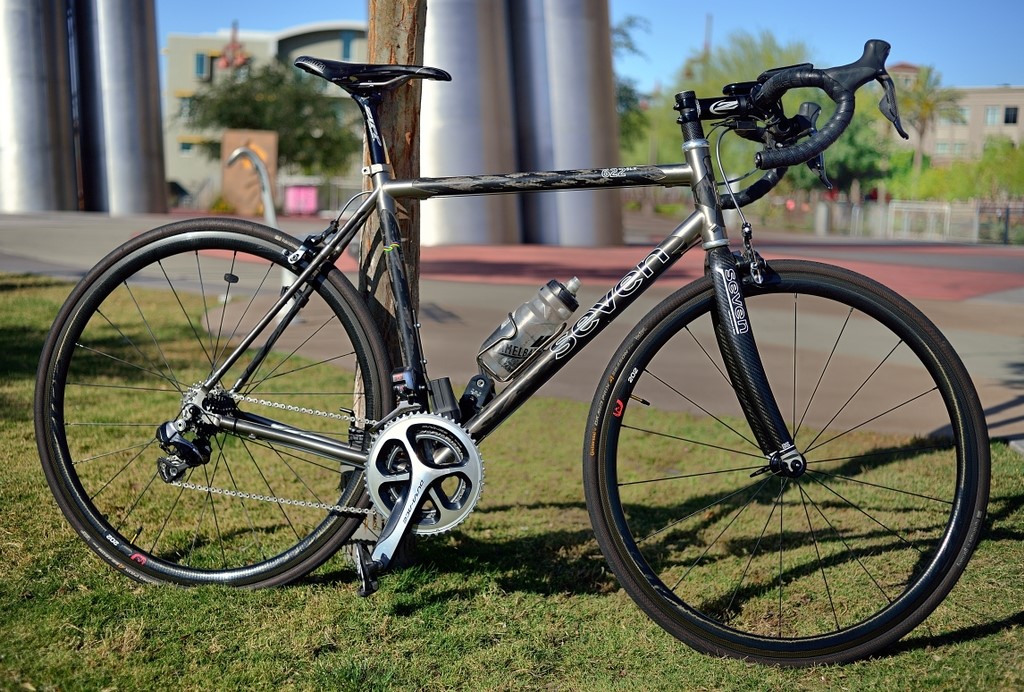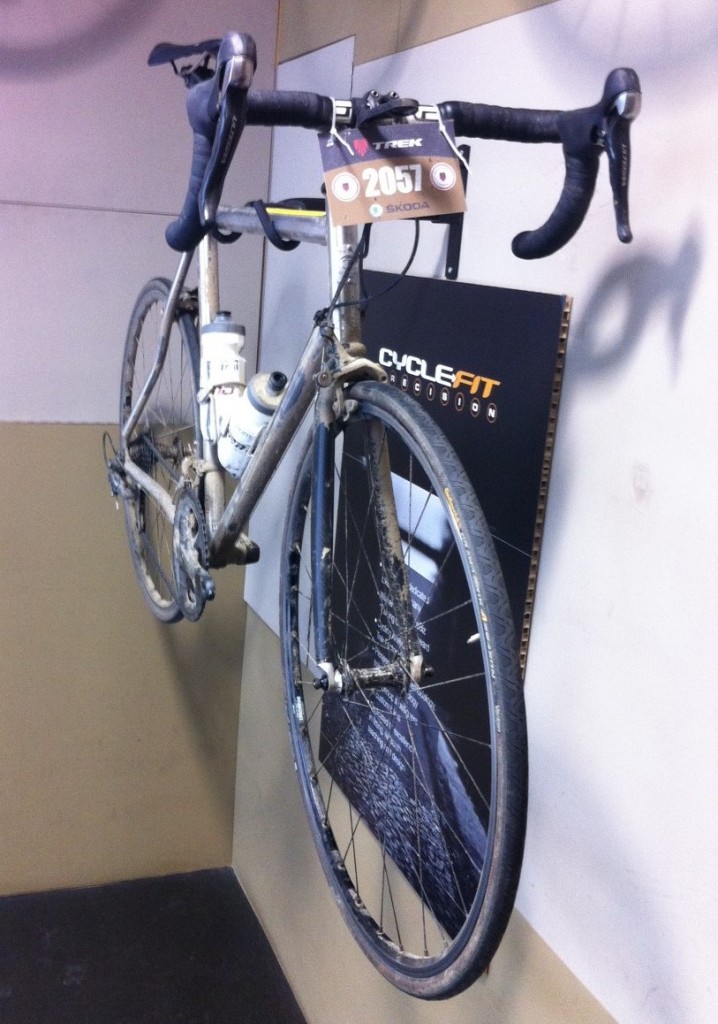Author: Seven
The Making of an Expedition Bike
When Zand told us he was packing as light as possible, we didn’t think he meant to carry a hundred pounds of bike and gear. Skis, ski boots, poles, avalanche gear, camping equipment, cooking utensils, cameras, and other odds and ends apparently add up pretty quickly. Once the trip began, Zand reported that the total outfit weighed in at almost exactly one hundred pounds. Not bad, if you’re going downhill, but something about circumnavigating the Altai Mountains suggested there would be some uphill too.

Every tube that makes up his Expat S, and every other Seven as well, is carefully selected and tailored based on the rider and how they mean to use their bike. Zand’s bike was unique because it was designed around three total extremes; the giant size of the frame, the massive amount of gear it would haul, and the intricate details required to handle the rigorous conditions of the Altai. Each Seven is unique, but to have three far out requirements made for an especially fun project.
Zand is a tall guy, and lean. His Seven stands like a mammoth next to most bikes, but the 29″ wheels make it look proportional. Normally someone will take a completed bike for a spin to check their handiwork first hand, but the saddle height on Zand’s Expat S was far above what any of us was comfortable straddling. We left the test ride to Zand himself, and the big fella made the bike look great, a perfect fit.
Selecting the tube set for this frame was a challenge. As we said, Zand is tall and strong, but slim. If we were designing him a road bike, he might prefer the cushy road feel of smaller diameter tubes. But on an expedition bike, set to carry a huge load, a smaller diameter tubeset would likely bend and flex too much, making for an inefficient ride. To ensure this bike would ride well under weight, we used larger diameter tubes which flex less, adding to the frame’s stability.
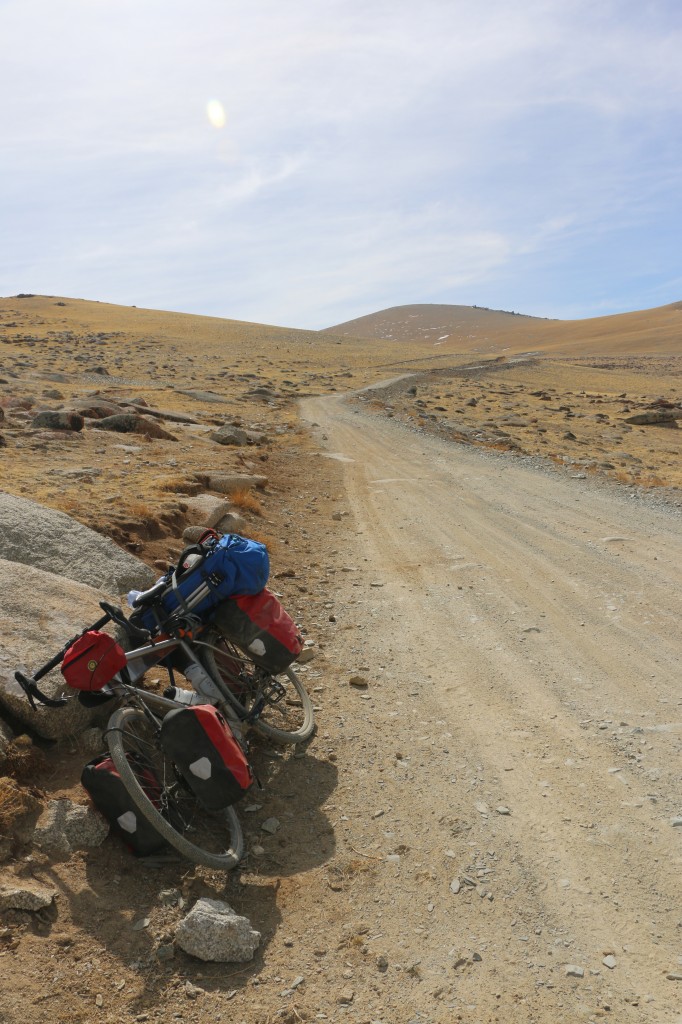
Designing a bike to fit a tall rider, and making sure it was sturdy enough to carry all of the required provisions proved to be manageable, but how could we design a bike for the unknown trail ahead?
Adjustability.
As an example, we discussed what tires he thought he’d use. The surfaces that he knew he would ride on were paved roads, unpaved roads, destroyed roads, dirt trails, and each of those covered in snow as well. Much of the route was unknown however, so we started with 40mm knobbies, but left room for a two inch tire, just in case. We chose straight gauge tubes, not that butted tubes aren’t strong, but the thick walls of a straight gauge tube will provide that much more impact resistance in the case of a crash. Descending unknown mountain roads in variable conditions suggested crashing was a possibility. Rack and fender mounts were obvious additions, as was a chain hanger to ease repairs, and the low mount disc brake that helps keep each of these areas free of frame clutter.
At this point, just 230kn to the finish, Zand’s trip, and his Expat S have seen their fair share of adventure, and challenges. But both continue to impress. Best of luck on the final push, Zand!
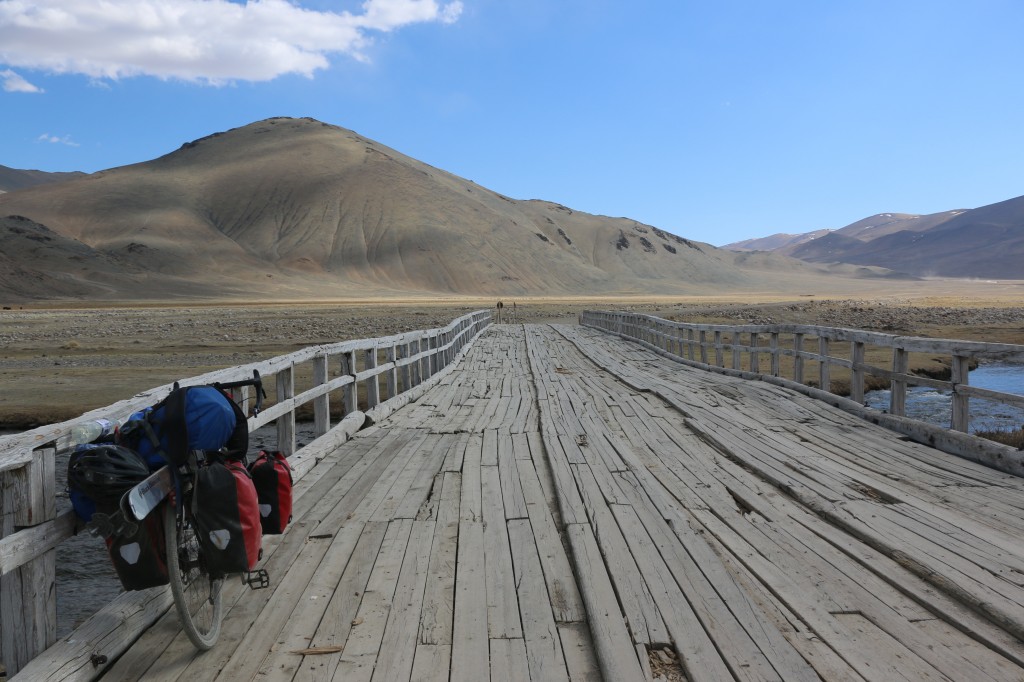
Ravi K’s 622 SLX
This is Ravi’s 622 SLX. We worked with Faster in Scottsdale, AZ on the design. This photo was taken on a particularly nice day in the Southwest.
Ravi wrote us this morning to say:
Still the best ride I’ve ever had.
Thanks, Ravi. Keep making us look good.
Five Rides In
The log that crosses the service road, moments from the start, had stopped my progress each of the four previous rides. As had the challenge of the first hill. I could make it to the top, but was panting and wheezing so heavily at the peak that I couldn’t partake in the jump that came soon after. Everyone else made that jump look awesome.
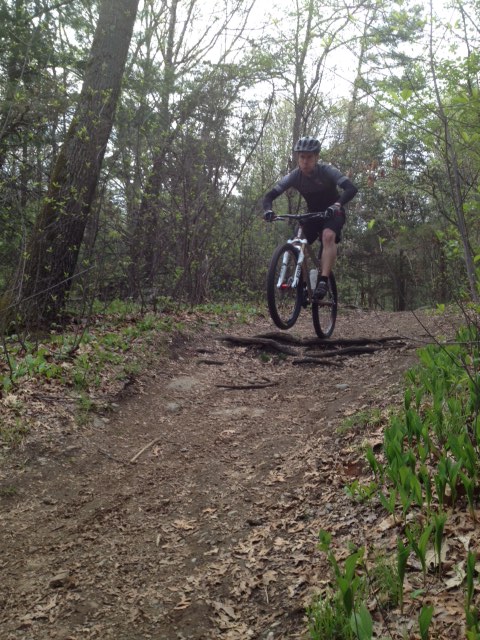
The final hurdle, before crossing the street into Rock Meadow, is a line of jagged rocks that runs right through the trail and looks imposing.
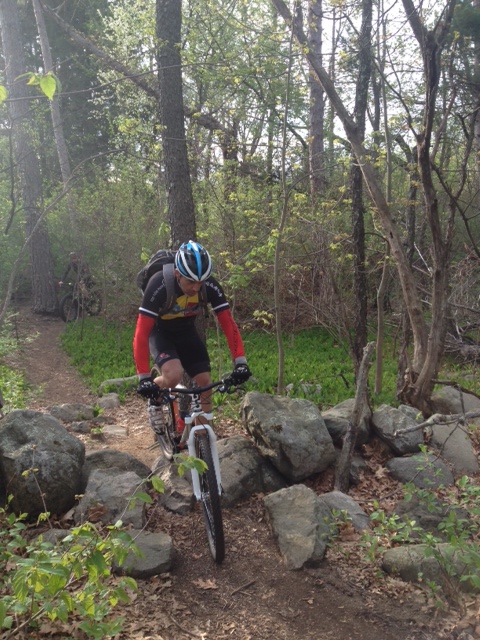
I gave only a halfhearted effort before putting a foot down. So scared I was. Throughout each of those rides, there were a number of obstacles that gave me trouble, slowed me down, or stopped me altogether.
I learned, or rather relearned, little things, important things, every thing, basic stuff like when you ride over rocks and roots, even small ones, your butt gets bucked off the saddle, so it’s best to hover even if you’re tired. You have to lean over the front wheel on steep climbs to avoid the wheel lifting off the ground. If there is a rider in front of you, give them time and space to clear technical sections. On really steep downhills, it helps to get way off the back of the bike, behind your saddle, for extra control. Pull up on the bars when you ride over a drop. No matter how thirsty you are, your water bottle is useless until you are stopped. Trees are everywhere and have surprisingly little give.
Around every corner was another reminder of a lesson I once knew.
Five rides in, however, and there have been improvements. I made it over the log. There was enough left in the tank to get an inch or two of air off the jump.
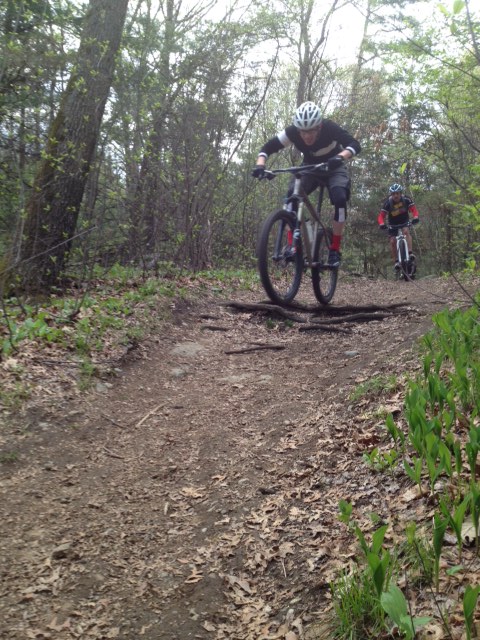
Brimming with confidence, I gave a wholehearted effort, and made it over the line of rocks. They didn’t seem so jagged this time. In Rock Meadow, I continued to do better, and took a huge step forward. I started relaxing on the bike. The difference is amazing. My grip on the bar loosened. I squeezed the brake levers less, which opened me up to a little rhythm through the twists and turns.

Best of all, I could stop focusing on myself, and start paying attention to the sites and sounds of the ride, and joking with my friends. I still have a ways to go, and endless areas to improve upon, but it’s great to be on the trail to once again considering myself a mountain biker.
Seven at the Paris-Roubaix Challenge
When we walked into Cyclefit in Covent Garden, London last week, we were greeted by this filthy Axiom SL. Closer inspection revealed it had been ridden by resident physiotherapist and fit analyst Morgan Lloyd in April’s Paris-Roubaix Challenge, a ride that takes in all of the cobbled sections of the pro race along the 170km route.
Morgan hadn’t cleaned the bike. He was keeping all that dust and grime as a sort of trophy.
He reported that the bike performed superbly with no mechanicals or punctures. He also said, “I could not wish for a better bike, everything felt solid and it gave me the confidence to ride the sections hard despite it being my first time on pave. The frame absorbed some of the vibration protecting me a little from the punishing terrain and when I got my technique and line right I felt as if I was flying along! Is there a better frame for this event or a better test for a bike?! Brilliant.”
We are, of course, grateful to him for bringing us along.

